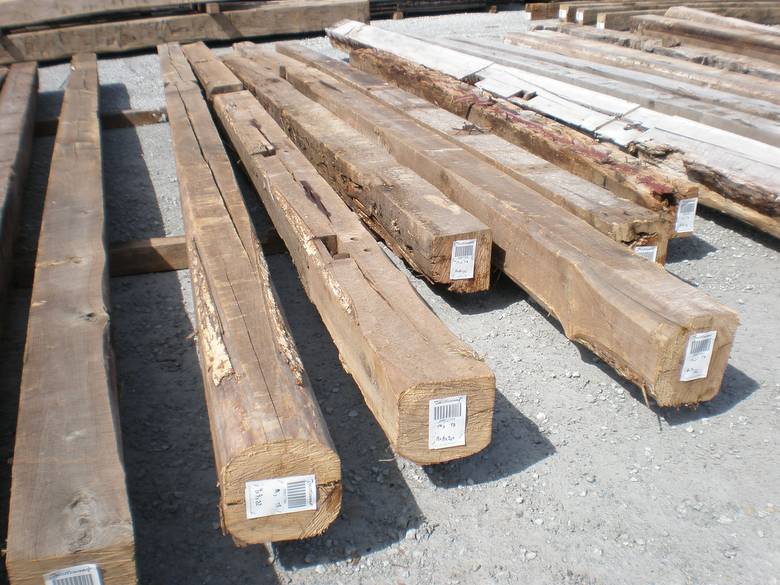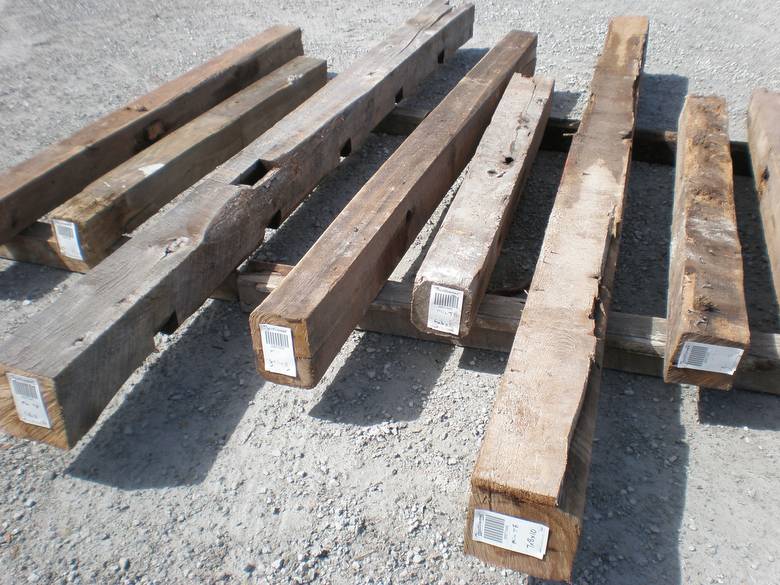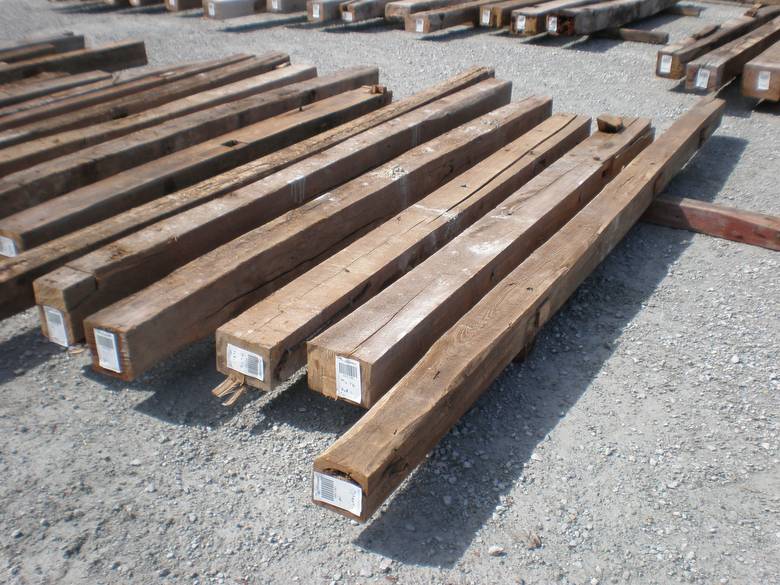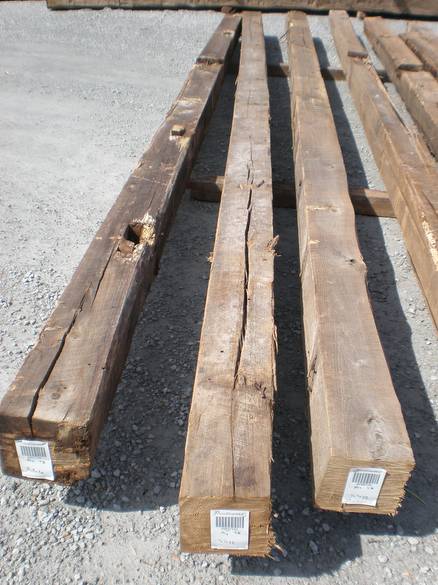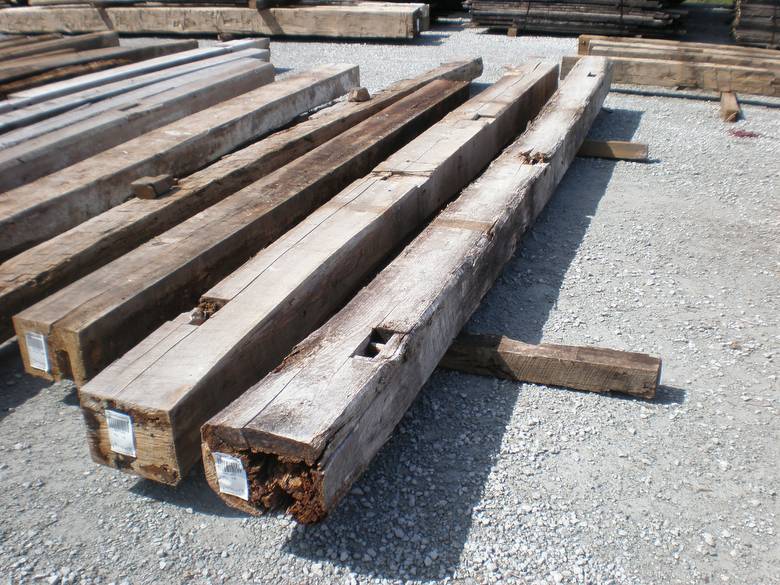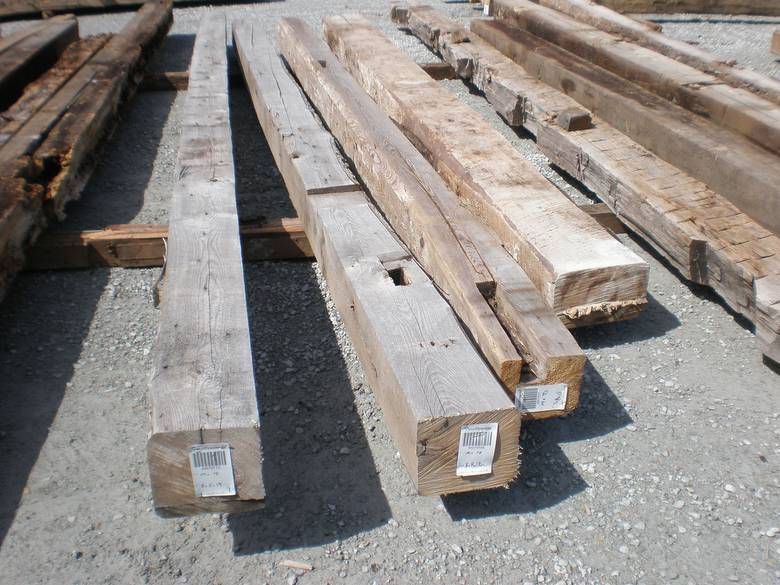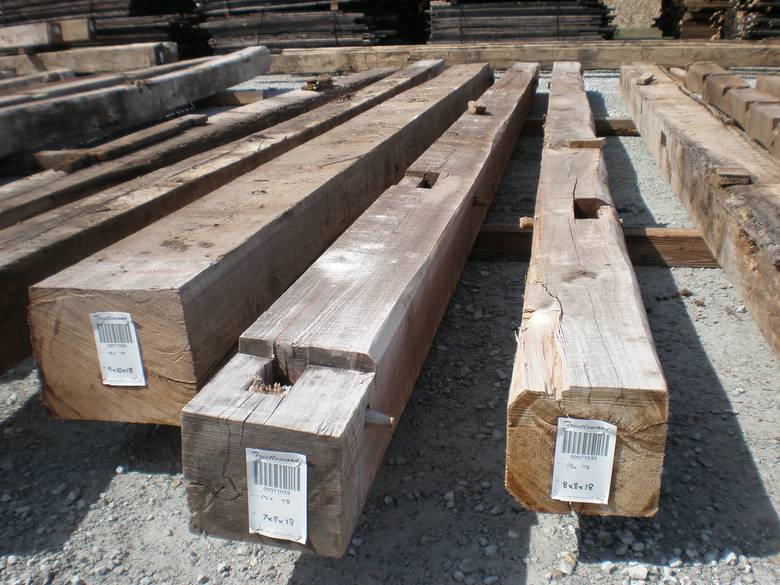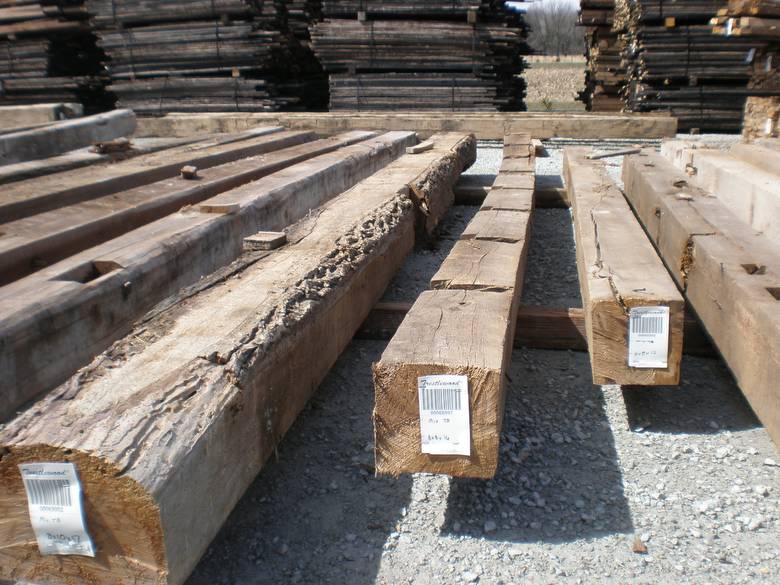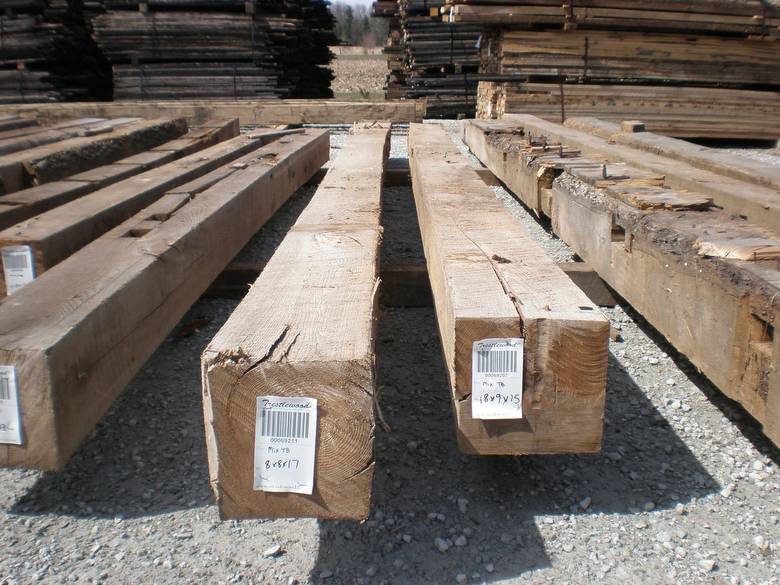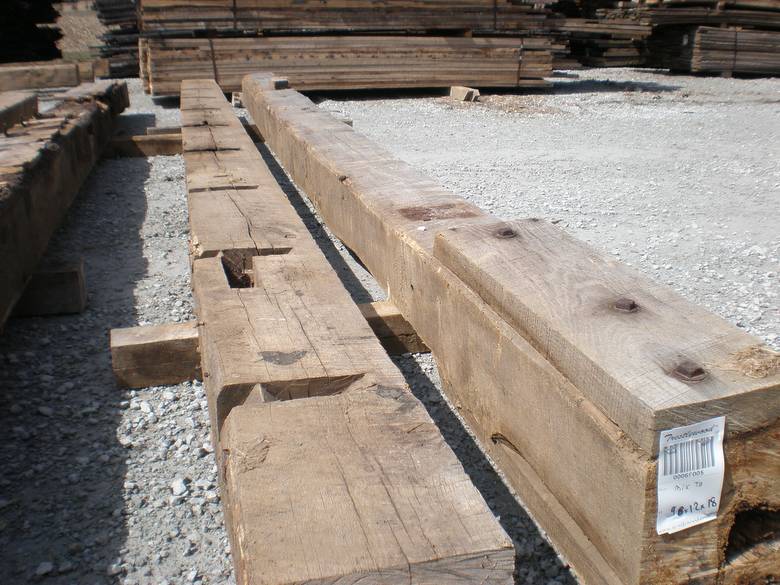Trailblazer Weathered Timbers
Trailblazer Weathered Timbers
Specification Sheet #7101 - Trailblazer Rustic Weathered Timber Mix
Request Quote
Height
Width
Length
Quantity
6-10"
6-10"
to 16'
min: 1 each
Related Productline Pages
Trailblazer Weathered
Specification Sheet #7101 - Trailblazer Rustic Weathered Timber Mix
Introduction
When the first settlers moved into new regions of our expanding nation, they cleared small plots of ground for subsistence farming and used the felled trees for logs and timbers to construct homes for themselves and barns for their livestock. Because these resourceful settlers had to use what was available to them, they often did not discriminate among wood species--if the trees they felled were solid and durable they were used in the needed structures. It is in that same spirit of resourcefulness, economy and good stewardship that Trestlewood offers the Trailblazer Rustic Timber Mix in hardwood, softwood and weathered. Rest assured that the timbers you purchase will be the same mix of hearty North American species as was used by our great, great grandfathers more than a century ago.
Species
Mixed Species. May include Oak, Elm, Hickory, Ash, Maple, Beech, Poplar, Pine, Fir, Spruce, Cedar, Larch, Douglas Fir, others.
Source
Barns, corncribs, stables, mills, homes and other buildings and agricultural/industrial structures from different locations in North America
HC/FOHC
Trailblazer Rustic timbers are almost exclusively heart center timbers; usually moderate to very tight growth rings.
Metal
Nails, bolts and other fasteners are removed or occasionally cut flush or broken off inside the beam. Staining around nail and bolt holes is common.
Mortise Pockets/Notches/Holes
Mortise pockets and notches from the original joinery are common. Nail, bolt, peg and other fastener holes are allowed. The quantity and size of mortise pockets and holes can vary widely from timber to timber, with some timbers containing very few and others containing frequent mortise pockets, notches, peg holes and nail holes.
Checking/Cracks
Trailblazer Rustic timbers generally have a check from the heart center to one of the faces of the timber. In addition, timbers can have surface checking and cracks, moderate butt checking and minor end splitting.
Moisture Content/Stability
Trailblazer Rustic timbers are generally very dry and seasoned, and are much more stable and less prone to shrinkage than are green timbers.
Surfacing
Weathered (degree of weathering varies); original timber surface was rough-sawn, but may have been worn rather smooth; surface degradation (waterdamage or surface rot or "punkiness") is common; weathered timber colors vary -- common colors include browns (common for interior weathered timbers), grays (common for exterior weathered timbers) and combinations of browns and grays.
Standard Dimensions
a) Cross-sections: to 10x10; b) Lengths: to 16';
c) Timbers Nominal: most timbers dimensions are nominal.
d) Size Flexibility: The more latitude the customer can provide in acceptable timber sizes, the better able Trestlewood is to meet the customer's timber needs in an economical and timely manner.
c) Timbers Nominal: most timbers dimensions are nominal.
d) Size Flexibility: The more latitude the customer can provide in acceptable timber sizes, the better able Trestlewood is to meet the customer's timber needs in an economical and timely manner.
Available Dimensions
a) Cross-sections: depending on inventory in stock (sizes available in the past include 10x14, 8x14, others);
b) Lengths: depending on inventory in stock. Please contact your Trestlewood representative for available sizes.
b) Lengths: depending on inventory in stock. Please contact your Trestlewood representative for available sizes.
Weight
Depending on species mix. Typically, approximately 3.5 pounds per board foot
Grading
Trailblazer Rustic timbers can be graded (WLCB) upon request. Timbers are graded with exception taken for any mortise pockets and holes. It is highly recommended that any timbers that are to be used in a structural application be graded. It is also recommended that standard size timbers be used whenever possible. Checking and holes (where metal has been removed) tend to be more pronounced in timbers wider and/or thicker than 12" than in standard size timbers.
Appearance Variation
Weathered timbers will generally vary in appearance from piece to piece and even within a piece. The weathering (amount, mix of colors, etc) and other characteristics of one face can be substantially different than the weathering and other characteristics of another face. Some weathered timbers are cut from larger weathered timbers, giving them one or more fresh-sawn faces.
Trestlewood sometimes uses one or more "juicing" processes to help fresh-sawn and/or less weathered/aged faces blend in with weathered/aged faces. All else being equal, juicing is more likely to be used in situations where (a) timbers are cut from larger timbers (thereby creating fresh-cut faces); (b) Buyer wants all (or most) faces to look weathered/aged; and/or (c) Buyer desires to increase the consistency of the weathered/aged look from face to face.
Trestlewood sometimes uses one or more "juicing" processes to help fresh-sawn and/or less weathered/aged faces blend in with weathered/aged faces. All else being equal, juicing is more likely to be used in situations where (a) timbers are cut from larger timbers (thereby creating fresh-cut faces); (b) Buyer wants all (or most) faces to look weathered/aged; and/or (c) Buyer desires to increase the consistency of the weathered/aged look from face to face.











